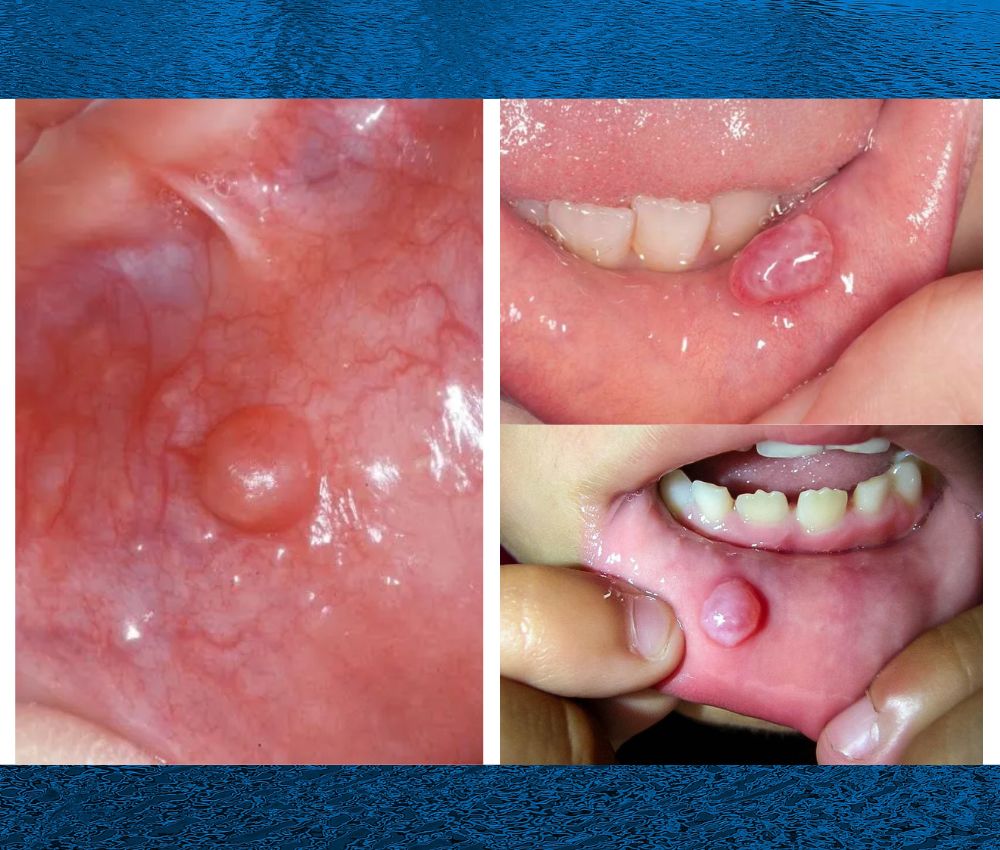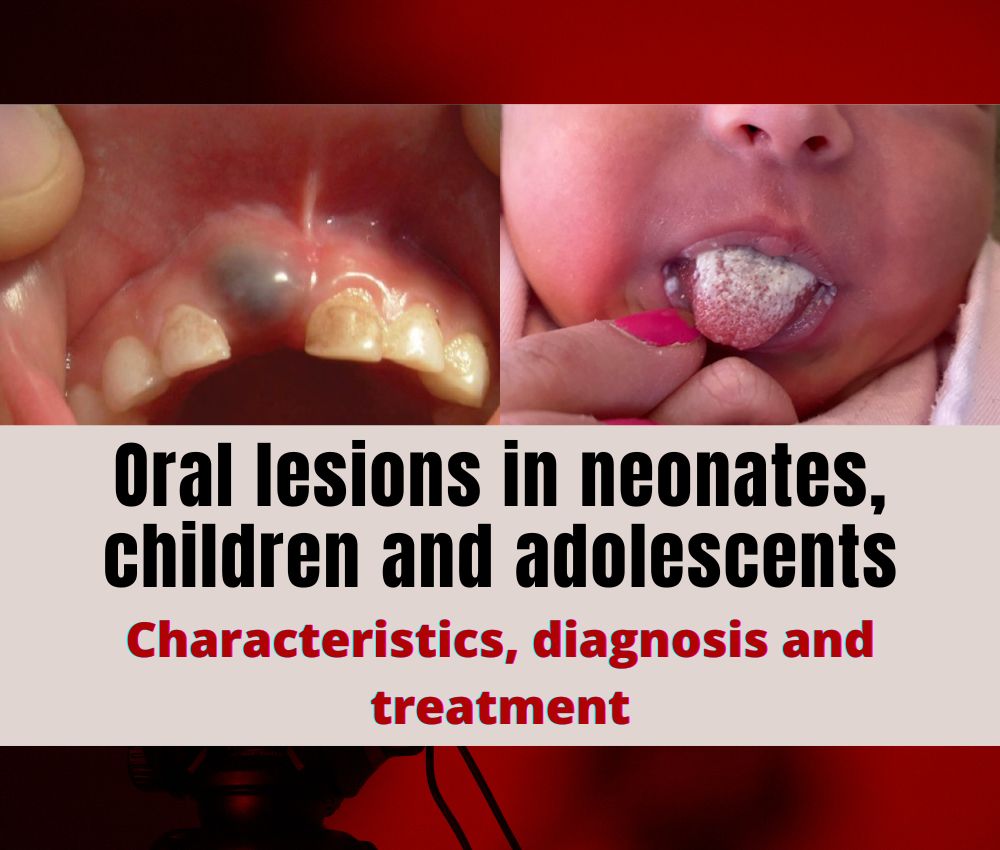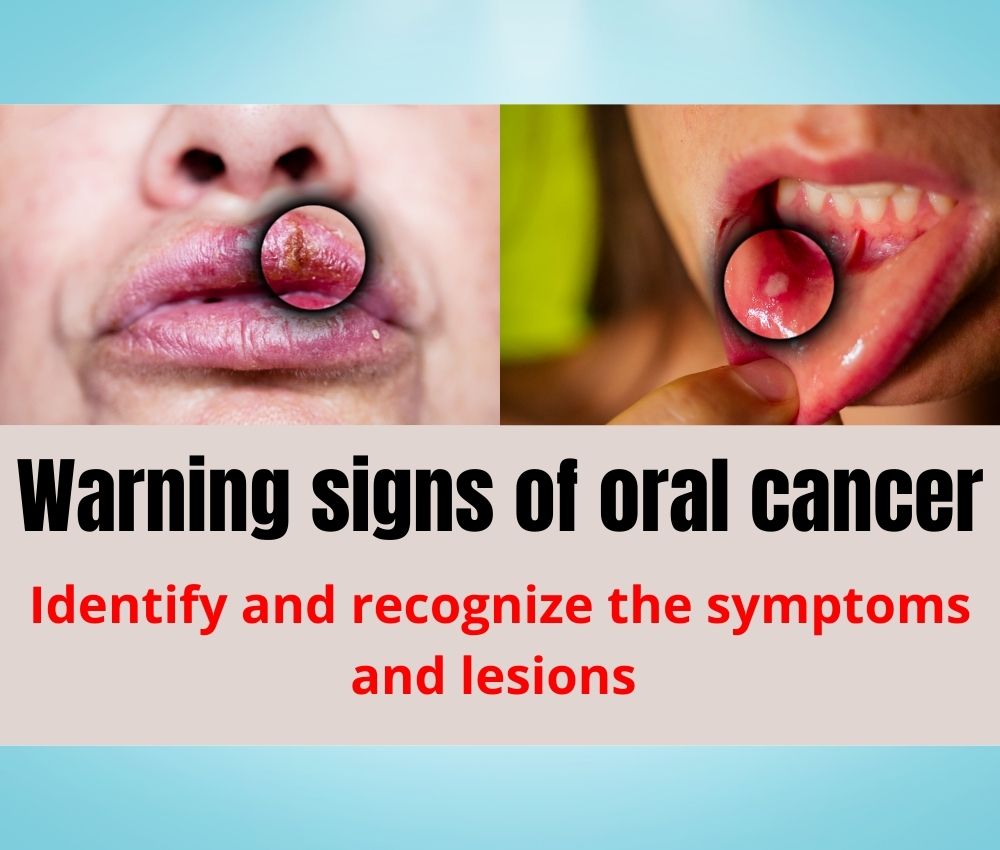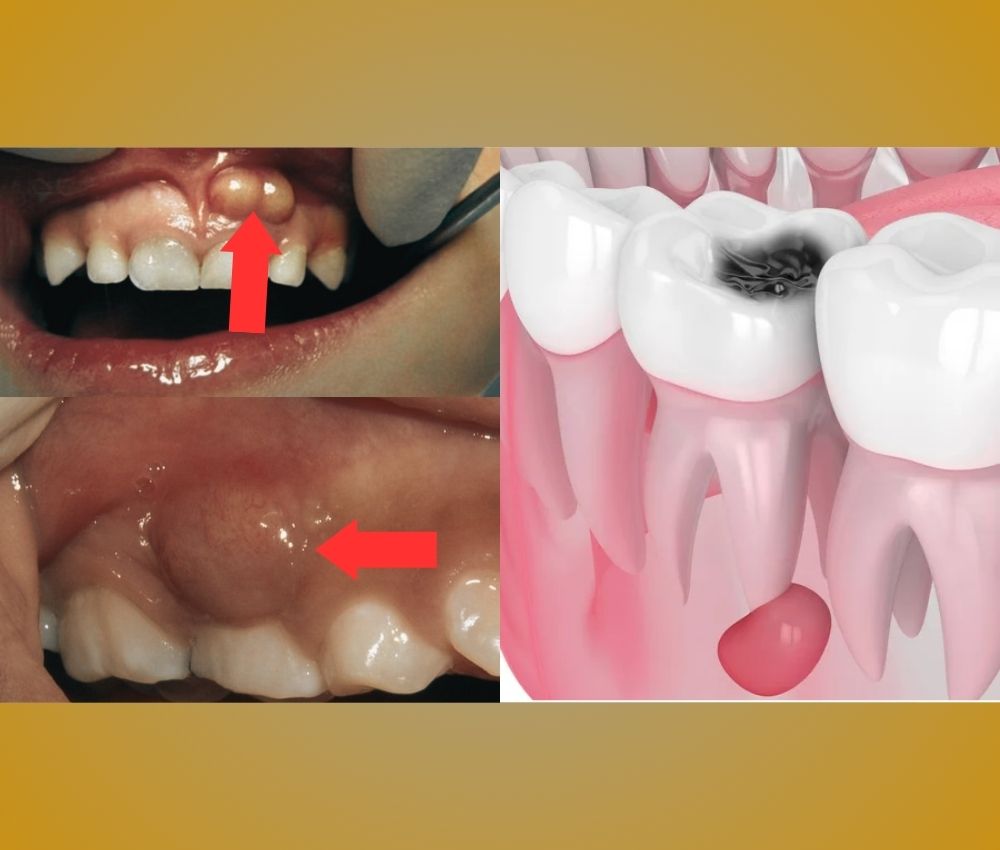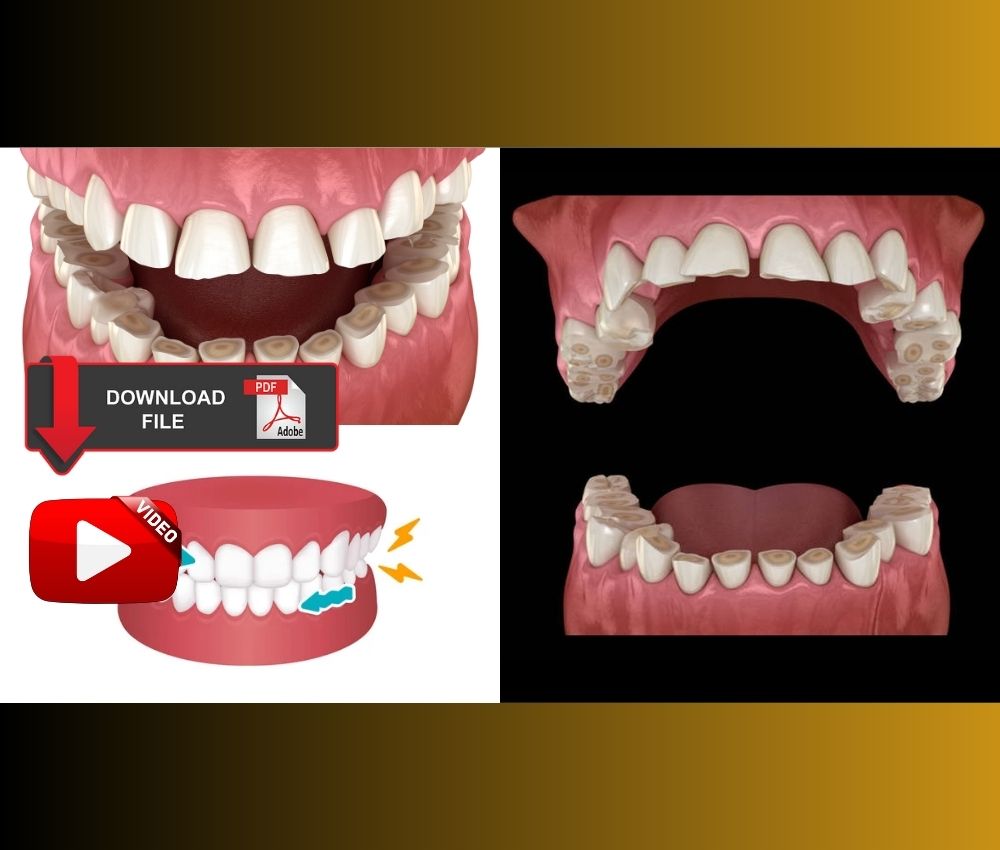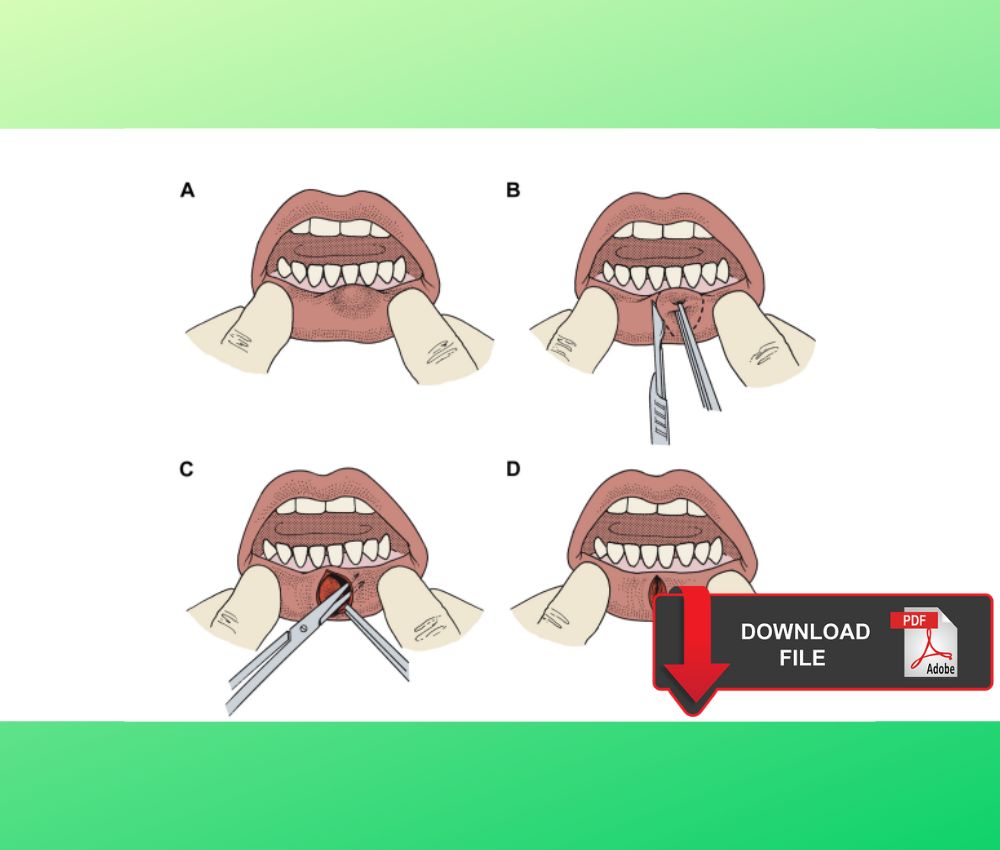The branchial or pharyngeal arches are slits that are located on both sides of the embryo, and from them originate the muscles, bones, cartilage and nerves of the face, head and neck.
📌 Recommended Article :
Video 🔽 Formation and development of the face and oral cavity (Orofacial Complex) ... The formation of the face starts from the five prominences (one frontonasal, two maxillary and two mandibular). The prominences develop giving rise to different regions of the face
During the process of growth and development of tissues, alterations may occur that lead to sinuses, fistulas or cysts. The location of the alteration determines which branchial arch it belongs to.
Advertisement
Learn what the alterations and malformations of the branchial arches are, detailing the clinical management and treatment.
📌 Recommended Article :
PDF 🔽 Guide for the surgical management and oral pathology of the pediatric patient ... Some of the pathologies that we can frequently find in children that need surgical procedures are: supernumerary and impacted teeth, congenital cysts, mucoceles
📌 Read and download the article in PDF 1 :
Senggen E, Laswed T, Meuwly JY, Maestre LA, Jaques B, Meuli R, Gudinchet F. First and second branchial arch syndromes: multimodality approach. Pediatr Radiol. 2011 May;41(5):549-61. doi: 10.1007/s00247-010-1831-3. Epub 2010 Oct 6. PMID: 20924574.
📌 Read and download the article in PDF 2 :
Nicoucar K, Giger R, Jaecklin T, Pope HG Jr, Dulguerov P. Management of congenital third branchial arch anomalies: a systematic review. Otolaryngol Head Neck Surg. 2010 Jan;142(1):21-28.e2. doi: 10.1016/j.otohns.2009.09.001. Epub 2009 Nov 25. PMID: 20096218.
📌 Read and download the article in PDF 3 :
Nicoucar K, Giger R, Pope HG Jr, Jaecklin T, Dulguerov P. Management of congenital fourth branchial arch anomalies: a review and analysis of published cases. J Pediatr Surg. 2009 Jul;44(7):1432-9. doi: 10.1016/j.jpedsurg.2008.12.001. PMID: 19573674.
📌 More Recommended Items
► How to treat anaphylaxis in children? - Clinical manifestations and treatment
► Hereditary Gingival Fibromatosis in a pediatric patient - Characteristics and treatment
► Ameloblastoma in a pediatric patient - Characteristics, treatment and clinical case



